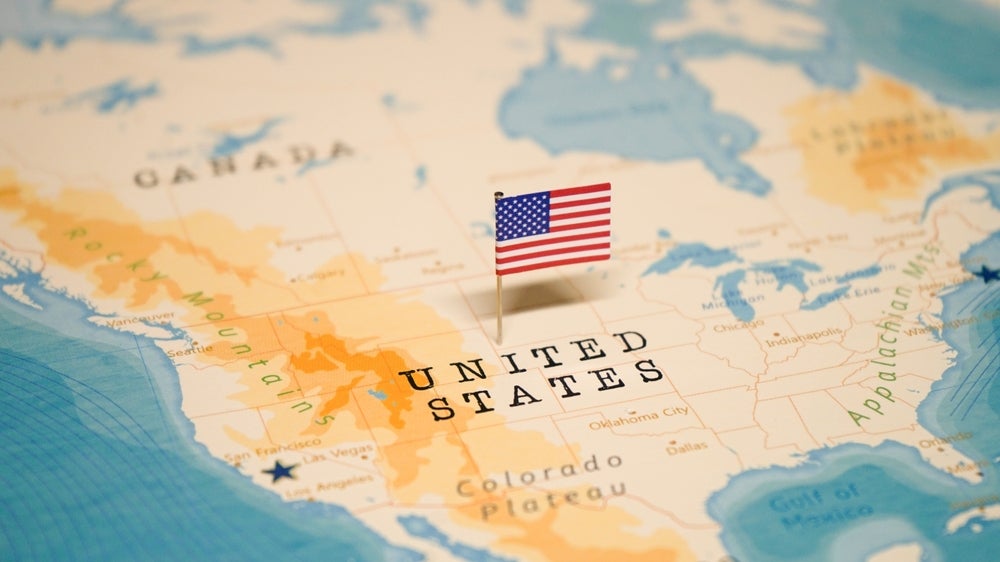
A new analysis has examined how each state’s mental health data compares across the United States, with Hawaii leading the rankings and West Virginia standing out as the most concerning state.
The study, conducted by Leafwell, examined various health indicators for each state, including levels of frequent mental distress, physical inactivity, number of poor mental health days, life expectancy, access to exercise and median household income. An overall health score was calculated for each state out of 100, leading to a ranking based on these critical health metrics.
Top States for Mental Health
Securing the top spot is Hawaii, boasting a health score of 91.4. Despite its relatively small population of 1.4 million, Hawaii is often synonymous with a stress-free environment. It stands out with the highest average life expectancy among all states, reaching an impressive 82 years – an extra four years more than the national average. The state also excels in mental well-being, experiencing an average of only three days of poor mental health per month. Only 11% of the population reports more than 14 days of poor mental health in a given month, reflecting low levels of frequent mental distress. Earning 40.2% more than West Virginia, Hawaii’s median average salary stands at $85,500. Only 18% of the population report being physically inactive, with over 94% having access to exercise opportunities.
The Five Best States for Mental Health
| Rank | State | Score |
| 1 | Hawaii | 91.4 |
| 2 | Massachusetts | 83.0 |
| 3 | New Jersey | 80.1 |
| 4 | California | 79.5 |
| 5 | Colorado | 79.4 |
In the second position, Massachusetts secured a score of 83.0. Situated in the heart of New England, Massachusetts earns praise not only for its rich history and intellectual achievements but also as an exceptional region for high-quality health and wellness. Residents average an impressive life expectancy of 80.2 years and exhibit a low physical inactivity rate of 19%, highlighting the state’s commitment to prioritising quality exercise. Additionally, Massachusetts stands out with the second-highest median household income in the U.S., reaching $89,600, 30% above the national average.
How well do you really know your competitors?
Access the most comprehensive Company Profiles on the market, powered by GlobalData. Save hours of research. Gain competitive edge.

Thank you!
Your download email will arrive shortly
Not ready to buy yet? Download a free sample
We are confident about the unique quality of our Company Profiles. However, we want you to make the most beneficial decision for your business, so we offer a free sample that you can download by submitting the below form
By GlobalDataNext on the list is New Jersey, celebrated for its picturesque coastal landmarks and robust healthcare infrastructure, achieving a score of 80.1 out of 100. 94% of the seven million residents in the area benefit from convenient access to exercise opportunities, residing near parks or recreation facilities. This achievement is the highest percentage among U.S. regions, surpassing the national average of 79%. Moreover, only 13% of the population reports frequent mental distress, contributing to a favorable mental health landscape.
Following in fourth position is California, securing a score of 79.5, and then Colorado, taking the fifth spot with 79.4.
Worst States for Mental Health
West Virginia has the lowest overall mental well-being, earning a health score of just 5.6. With a population of 1.7 million, a concerning 19% of residents report experiencing frequent mental distress, which translates to more than 14 days of poor mental health in a given month. This alarming percentage is the highest across the United States. Additionally, the state faces the challenge of the second-worst life expectancy at 74.3 years. This figure is notably four years below the national average, reflecting a critical health disparity within the state. At a median annual salary of $51,100, the population earns 25.0% less than the national average, they also have some of the worst physical inactivity rates in the county. Only 73% are reportedly active, with 42% having no access to exercise opportunities.
The Five Worst States for Mental Health
| Rank | State | Score |
| 1 | West Virginia | 5.6 |
| 2 | Arkansas | 8.7 |
| 3 | Mississippi | 8.9 |
| 4 | Alabama | 14.9 |
| 5 | Kentucky | 15.0 |
Following closely is Arkansas, with a well-being score of 8.7, a state that also bears the highest percentage of frequent mental distress in America at 19%. Beyond mental health challenges, Arkansas faces issues related to physical inactivity, as a significant 29% of the population reports a lack of exercise. This percentage is notably 7% higher than in other states, highlighting a concerning trend in the state’s overall physical well-being. Arkansas also grapples with the fourth-worst median household income among the states. To put it in perspective, while an employee in Maryland might earn $43.32 per hour, their counterpart in Arkansas would only be making $25.29.
The third position belongs to Mississippi, with a well-being score of 8.9. Mississippi stands as the worst state not only for life expectancy at 73.9 but also for median household income, with an annual average of only $48,900. This starkly contrasts with the national estimated average of $68,890, placing Mississippi 30% below the average income level. A substantial 43% of the population in Mississippi also lacks access to exercise opportunities, such as parks or recreation facilities. This indicates a notable gap in the state’s focus on promoting both mental and physical well-being.
Following in fourth position is Alabama, securing a score of 14.9, and then Kentucky, taking the fifth spot with 15.0.
Commenting on the study, Leafwell director of research, Mitchell Doucette, said, “As we delve into the intricacies of Hawaii and West Virginia’s health metrics and compare them, it becomes evident that factors such as access to exercise opportunities, median household income, and mental health resources play pivotal roles in shaping the well-being of communities.”
“By highlighting the attributes of West Virginia and other states in the bottom rankings, we aim to inspire conversations and initiatives that prioritise comprehensive approaches to improve the quality of life for residents nationwide.”






